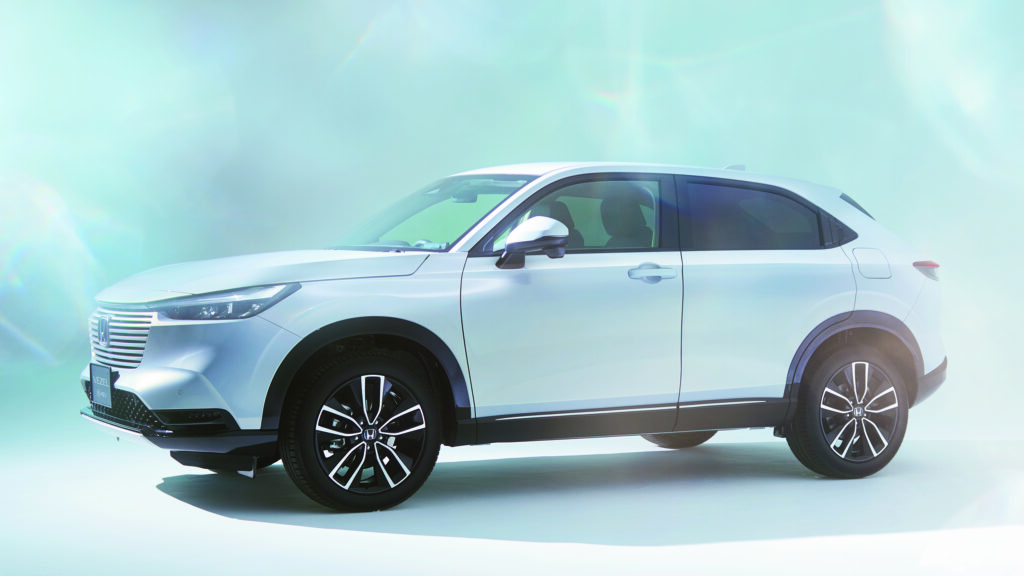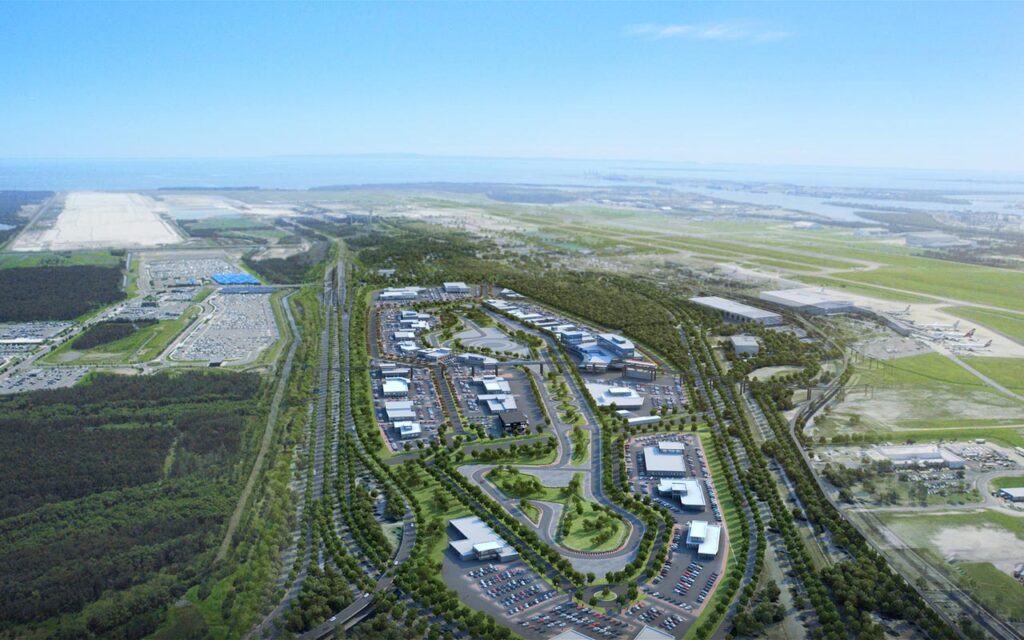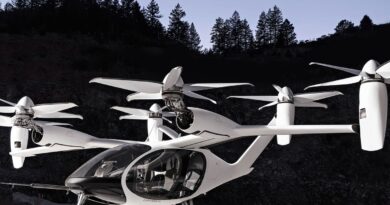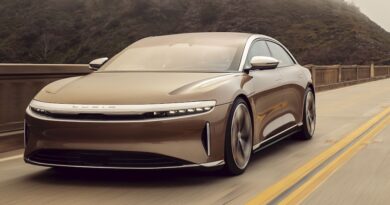Honda turns to hybrid ahead of fixed pricing, dealer shake up
Honda is planning a hybrid blitz that will cover its entire range over coming years.
The renewed focus on petrol-electric cars comes as the brand transitions to an agency model that will see the number of traditional dealers slashed.
Honda says as part of the radical new model – Mercedes-Benz will switch to a similar setup in 2022 – it will introduce a family of hybrid vehicles.
“We’ve had a long history in hybrid,” says Honda Australia director Stephen Collins.
Honda introduced the first hybrid to the Australian market with the Insight in 2001 and has offered the Civic hybrid, CR-Z sporty hatch and even the NSX supercar.
Currently the only hybrid in the Honda range is the Accord, which sells in very low numbers (Ferrari sold more cars in Australia in 2020 than Honda did Accords).
But hybrids have played second fiddle in terms of sales, unlike rival Toyota which pushed hard by locally manufacturing the Camry Hybrid in Australia and setting sales records with the RAV4 Hybrid.
Now Honda wants hybrid to be a permanent and important part of its lineup.
“Our intent is for all full model changes going forward, there might be an exception … we’ll be introducing hybrid variants,” says Collins.
“It’s where the market is going.”
The first Honda to get the hybrid treatment is likely to be the all-new HR-V, which arrives here late in 2021.

The new HR-V compact SUV will only be offered in Europe with a hybrid system – mainly to meet stringent emissions regulations – although in Japan it will get a petrol-only alternative.
The hybrid push comes as Honda gears up to radically change the way it sells cars in Australia.
On July 1 Honda is discontinuing the traditional dealer setup – whereby multiple dealership outlets purchase cars from head office and sell them to customers – instead selling cars directly and getting agents to deliver and service them.
To customers, much of the buying process will remain the same – they can walk into a showroom, test drive a car and sign up to buy – although there will no longer be an opportunity to haggle on price. That’s because prices will be set by the factory and there is no room for negotiation.
There will also be fewer large ‘dealerships’, with Honda moving to a “hub and spoke” setup, whereby metro areas will cut back the number of big outlets and instead have smaller ‘spokes’ that will showcase and service cars. Those spokes will include outlets in shopping centres and the giant soon-to-open AutoMall at Brisbane airport.

Honda says there will be about 95 “Honda Centres” – compared with 106 at this time last year – although many will be much smaller than a regular car dealership.
Other brands will no doubt be watching the Honda model closely, something that could make dealers nervous.
Honda argues the model is better for customers because it is transparent and has more potential to match up a buyer with the exact car they want.
In the current dealer system there is the opportunity for a particular colour or model to only be available in a particular dealership. Sure, dealers trade stock, but if demand is hot and supply is low – as it has been in recent months – sometimes dealers will be reluctant to swap. That means the customer either has to go to another dealer or compromise on the car they want.
Honda also says the fixed pricing model is better because it saves customers running around to crunch the best deal. So there’s no rolling up to a BBQ a week later to find out your friend got a better deal on an identical car.
Of course, there’s still the potential for different deals between Honda outlets – or agents – when trading in a car due to the inevitable variation in valuations on used cars.
Honda also says it will sell fewer cars under the new model, instead focusing on meeting demand rather than thrusting cars onto the market and discounting them, as has long been the case with many brands.
In 2018 Honda sold 51,525 cars in Australia – down slightly on 2008, Honda’s best ever year locally, where 52,571 cars were sold – but since then sales have been diving and in 2020 Honda sold just 29,040 cars. That’s in part because some models have been discontinued – including the Jazz, Civic sedan, City and NSX – but also because Honda isn’t chasing volume by crunching deals.
Collins says the target for sales is around 20,000 annually and that its agents – the things that will look like dealerships – will be more profitable.
“We are incredibly proud of our 51-year rich history in Australia and energised about the future,” says Collins. “Our new model addresses the core challenges in our industry, and we look forward to writing our next chapter and engaging with our customers in a new way in 2021 and beyond, for a stronger Honda for years to come.”
He also says Honda Australia is “absolutely” sustainable on volumes below what it would usually shoot for, in part because it has pared back costs.
Collins also said Honda would look at where it sources cars, alluding to potentially getting some models from other factories around the world.




